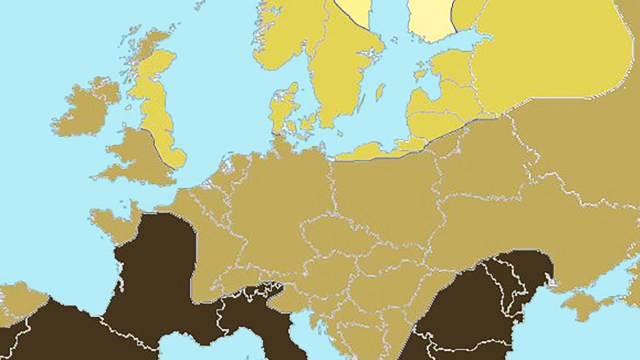220 – Russo-Japanese War Cartoons

n
This is interesting: these cartoons obviously are about the Russo-Japanese War of 1905. But since I’m offline while writing this, I can’t find out much more of the context. So let’s see what I can extrapolate.
n
First, the facts – as far as I know them. The by now rather obscure Russo-Japanese War of 1905 was a relatively minor, mainly naval conflict that nevertheless echoed around the world: it was the first time in modern history that a non-European nation defeated a European one.
n
Over the centuries, Russia had expanded from its heartland to the west of the Urals into Siberia, eventually reaching the Pacific shores of the Far East. At the turn of the 20th century, these sparsely populated parts to the north of China and Japan were also outside the orbit of these two empires, the former ancient but impotent, the latter only just emerging from centuries of self-imposed isolation.
n
What exactly caused the war I don’t remember, but it centred on Russia’s possession of Port Arthur, a coastal city somewhere in the vicinity of the Korean peninsula. Japan, swiftly modernising by copying various bits of European civilisation – up to the Prussian cut of its school uniforms – disputed Russia’s push into its backyard and used its brand spanking new European-style navy to inflict a defeat on the Russians.
n
This shock was felt first and foremost in Russia itself, where the defeat at the hands of the Japanese contributed to the failed revolution of 1905, a dress rehearsal for the communist takeover of 1917. These cartoons, obviously mocking the Russian defeat, were not made in Russia itself – understandably, as the Czars were wont to send people too critical of their rule on a one-way trip to Siberia.
n
- n
- The first cartoon is in French, and was tirée à 30 exemplaires (which is an extremely small figure for what should be a mass medium, one would think). It shows a bearded, booted Russian (a cossack, but possibly the Czar himself) lying on the ground asleep and overrun, Gulliver-like, by tiny soldiers marching up the Korean peninsula – Korea was a Japanese colony at the time, I think. The presumably Japanese war ships in the Sea of Japan (Mer du Japon) seem to underline the naval aspect of the Japanese victory. Two paper boats with a sailor each might symbolise European powers observing the Japanese victory. An English soldier on the left, probably at or near Hong Kong and another colonial standing behind a (the?) Chinese wall do the same.
- The Gulliver-theme is repeated in the second cartoon, also French. I’m not sure what le petit poucet means. Port Arthur is mentioned by name. A group of tiny solders watch as one of their number attempts to de-boot the sleeping Russian. The implication is that Russia’s defeat is due to its unpreparedness.
- The third cartoon shows a small pond in which a Japanese ship sinks a Russian one. The large, looming Russian is unable to hide his displeasure, while the smaller Japanese can’t hide his glee. Oh, what a surprise, reads the caption. No Gulliver theme here, but the Japanese figure is again a lot smaller than the European one.
n
n
n
nn
Is this an indication of racism? One could think that by portraying ‘orientals’ as small and in large groups, this indicates that they are less ‘individual’, less ‘human’ than Europeans. Or maybe the smaller stature simply reflects the David-like character of the Japanese victory over the Russian Goliath.
n
I came across these cartoons a while ago, and can’t recall exactly where I found them.
n





